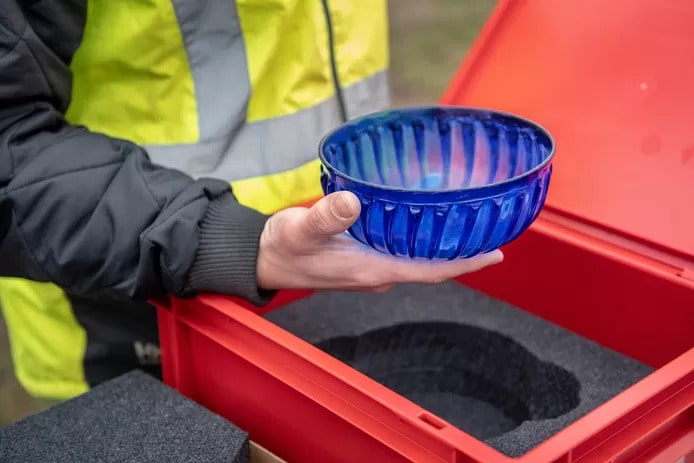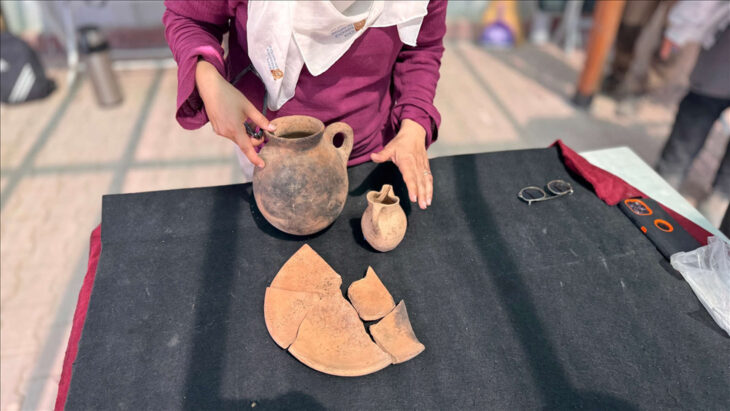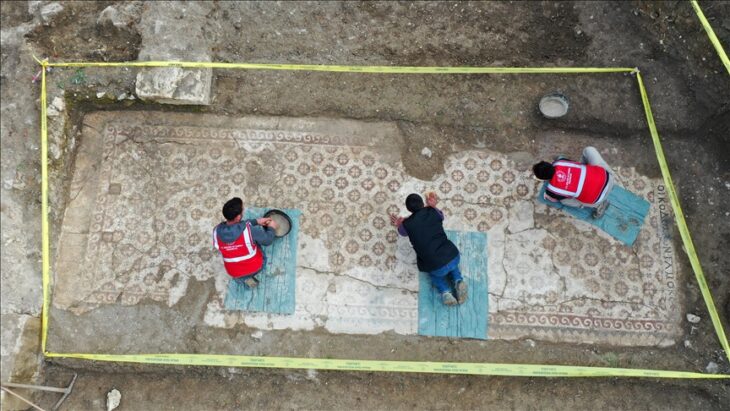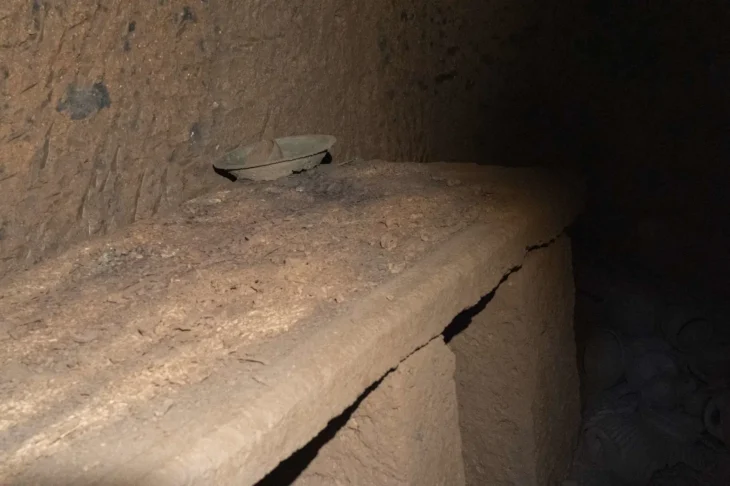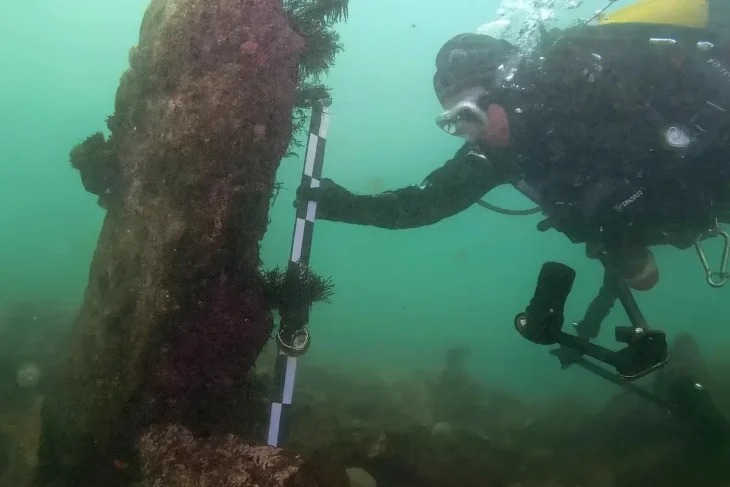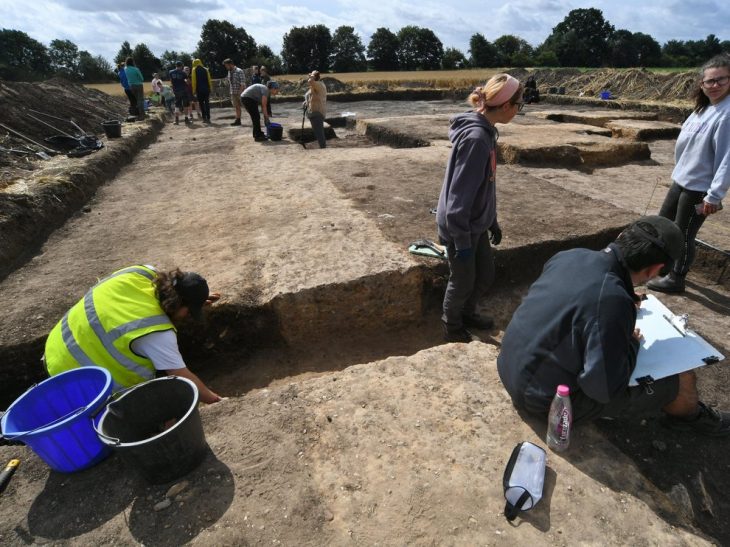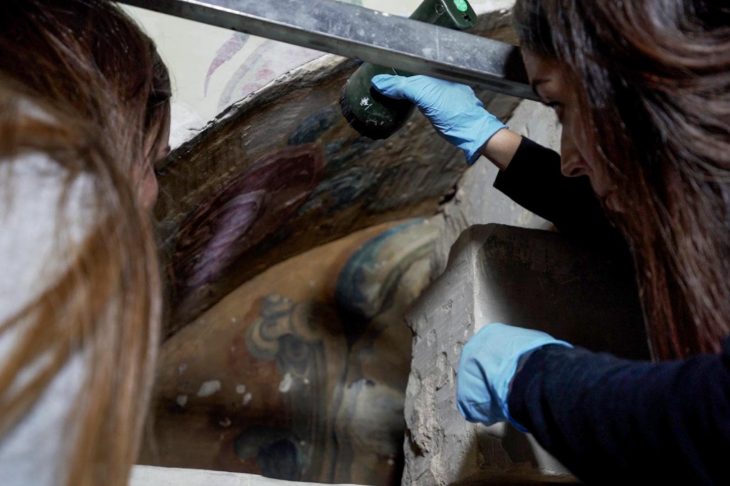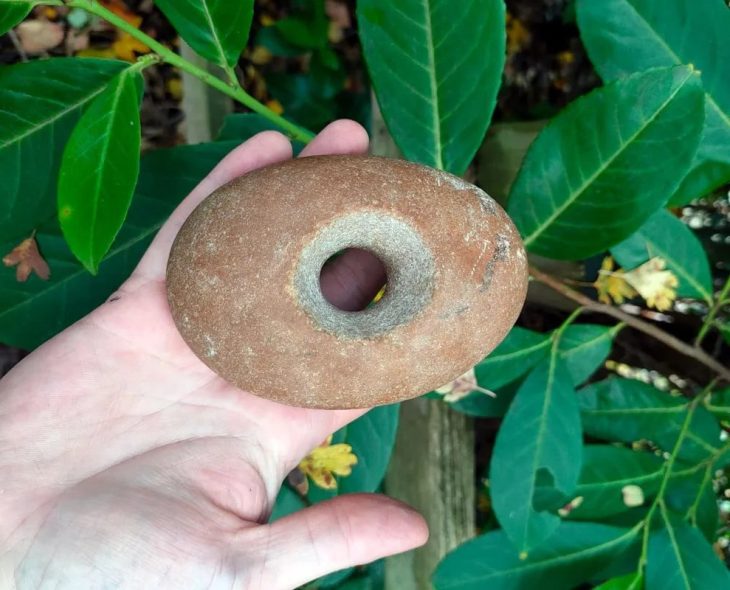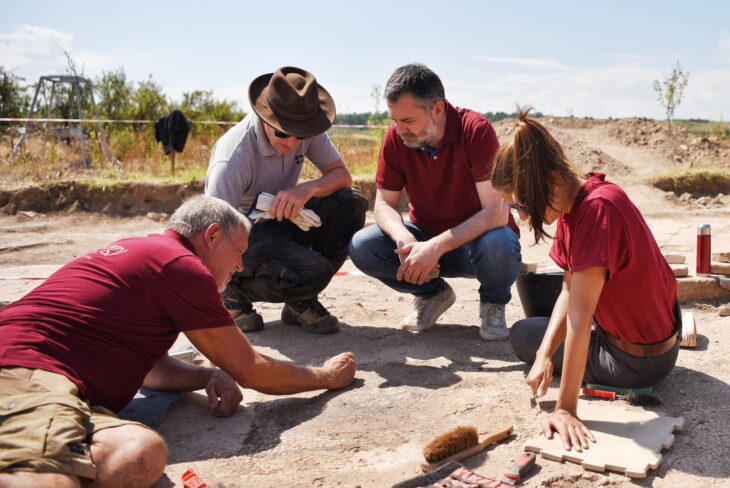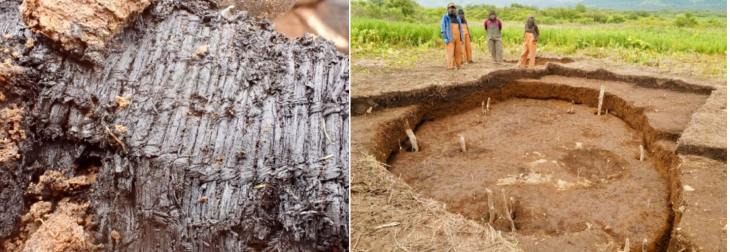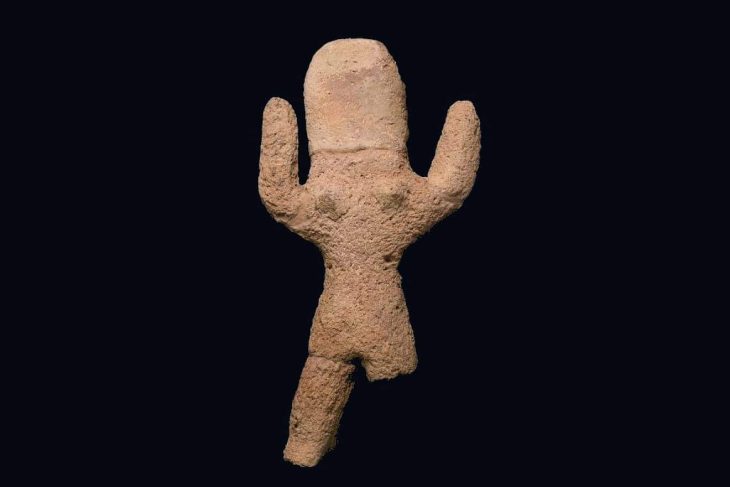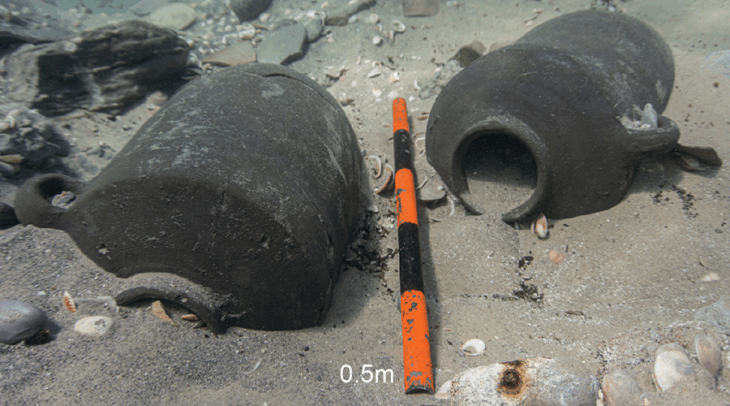Archaeologists excavating the site of a comprehensive housing and green space development in Nijmegen’s Winkelsteeg, one of the oldest cities in the Netherlands, have uncovered a magnificent Roman blue glass bowl in immaculate condition.
The glass bowl is at least 2000 years old, and there is not a chip or crack on it.
“This is really special,” says archeologist Pepijn van de Geer, who led the excavation.
In his statement, the archaeologist said that the bowl was Roman production, that it may have come from big places such as Xanten or Cologne in Germany, and that there were glass workshops there at that time. However, he also mentioned the possibility that it was made in Italy.
“Such dishes were made by allowing molten glass to cool and harden over a mold. The stripe pattern was drawn in when the glass mixture was still liquid. Metal oxide causes a blue color.”
📣 Our WhatsApp channel is now LIVE! Stay up-to-date with the latest news and updates, just click here to follow us on WhatsApp and never miss a thing!!

“This bowl was once a showpiece for early Nijmegen residents. Pepijn van de Geer thinks it is a masterpiece that deserves to be displayed in a museum. “I have seen similar glassware in Italian museums.”
The name Nijmegen comes from ‘Noviomagus’ meaning ‘new market’. Nijmegen is located on the banks of the Waal, a tributary of the Rhine in the ‘Great Rivers’ area, and is only 10 kilometers from the German border.
Nijmegen was founded as a Roman military camp in the 1st century B.C., and a civilian settlement of the local Batavi peoples formed next to it. By 98, the settlement of Nijmegen was the first city in what is today the Netherlands to receive the designation of municipium (Roman city rights) making its residents Roman citizens.
The Winkelsteeg excavation has also uncovered Roman settlement tombs as well as a smattering of grave goods such as numerous vessels, cups, and jewelry. The remains of dwellings are few- mostly traces of wood construction- but archaeologists are recording residues and soil discoloration to create a map of the neighborhood’s structures.
Cover photo: A spectacular Roman glass bowl, circa 1800 to 1900 years old, was found in the territory of Nijmegen. © Photo by Bert Beelen

